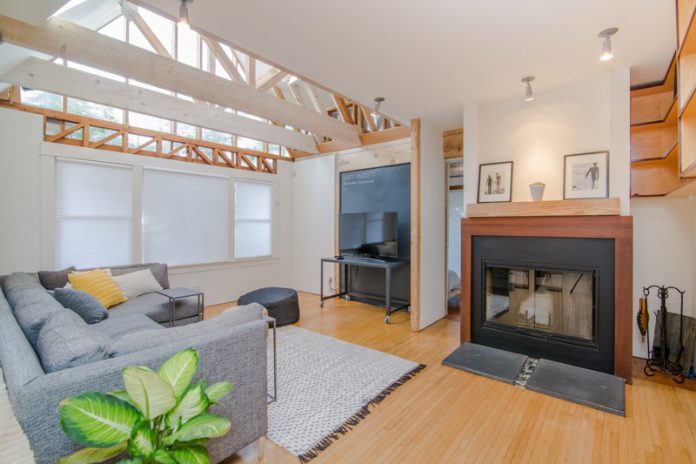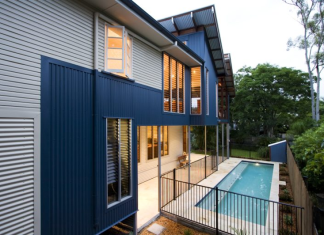Exhaust fans, also known as ventilation fans, are used for ventilation or to drive hot, damp air out of the interiors. It’s crucial for keeping a room’s temperature stable, whether it’s hot, chilly, or dry. It keeps the temperature and air circulation in your home at a comfortable level. Bathrooms and kitchens have ventilation fans as well. These fans come in a variety of shapes and sizes, depending on their intended application. As a result, there are a few things to consider while selecting a ventilation fan.
The capacity of airflow in cubic feet per minute (CFM)
The airflow capacity of an exhaust fan is measured in cubic meter per hour (CMH) and is dependent on the fan’s size. It takes longer for a fan to ventilate a room if the CMH is low. To put it another way, a larger fan will produce more CMH..
When it comes to compact spaces, the 100 square foot rule comes into play. According to the rule, ventilation fans in spaces under 100 square feet require one CMH per square foot; hence, you can figure out how many CMH your ventilation fan needs.
Length of the Duct
The composition and length of ventilation ducts can impact a ventilation fan’s performance and efficacy. The length and composition of the ventilation ducts determine the pressure in the ducts and the force that the ventilation fan must overcome.
Because various metals are used to construct ventilation ducts, you must decide which is best for your needs. Smooth metal ducts have a pressure that is proportional to their length.
You may readily determine how much pressure the ventilation fan must withstand when transporting air from a moisture-laden environment to the outside by determining the comparable duct length.
Sound Pressure Levels (Sones)
A fan’s sound must be taken into account. The sone is a specific measure for describing sound pressure level in the fan industry. In an acoustically average environment, the loudness of one sone is similar to the sound of a silent refrigerator heard from five feet away. Sones are a unit of sound pressure measurement that is linear. A sound level of 10 sones, for example, is twice as loud as one of 5 sones. As a general rule, select a fan with a sone rating that falls within the specified range.
Maintaining a healthy house necessitates proper bathroom and kitchen ventilation. Most homes lack natural ventilation in today’s world, which is where exhaust fans come in handy. Moisture and humidity levels in the bathroom are extremely high. Fogging on the bathroom mirror can be caused by too much humidity. Excess humidity must also be regulated to avoid damage to wood and other construction components. The air quality is improved by using an exhaust fan to remove damp and humid air.
Exhaust fans are available in a variety of materials, including plastic, metal, and stainless steel. If you live near the shore, you should avoid utilising metal finish exhaust fans since the metal may rust. Consider a low-noise exhaust fan that produces between 0.5 and 1.2 sones of sound (a scale that measures loudness). Make it a point to purchase an exhaust fan that comes with a manufacturer’s guarantee of at least one to two years. Luminous offer some of the best exhaust fans in India. Check out their website and explore more.














